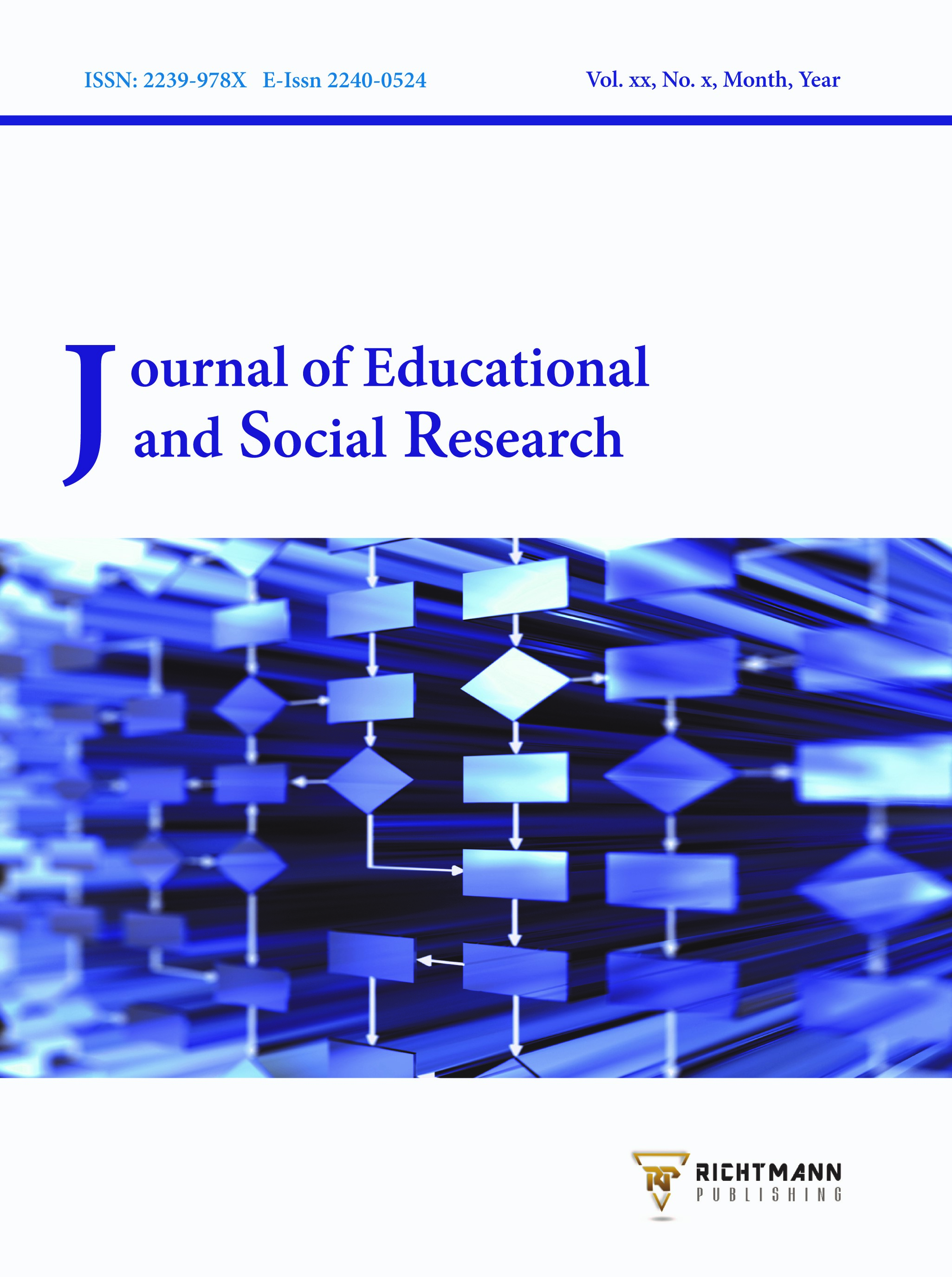The Degree of Familiarity of Female Teachers at Secondary Schools in Al-Kharj Governorate, Kingdom of Saudi Arabia, with the Technologies of the Fourth Industrial Revolution and Their Applications in the Curriculum of Natural Sciences
DOI:
https://doi.org/10.36941/jesr-2022-0137Keywords:
Fourth Industrial Revolution, Technologies, Applications of Technologies, Secondary Schools, Al-Kharj GovernorateAbstract
The current study measured secondary school teachers' (female) familiarity with "Fourth Industrial Revolution" technologies and their applications in the Natural Science curriculum. The study followed a descriptive-analytical technique. A test was constructed with three themes: fourth industrial revolution technologies, fourth industrial revolution in teaching and learning of sciences, and fourth industrial revolution in the science curriculum. The study sample included 140 Al-Kharj secondary school, science teachers. The results of the study showed that secondary school teachers' (female) familiarity with "Fourth Industrial Revolution" technologies is low, at 43%, with "Fourth Industrial Revolution" technologies in teaching and learning science is very low, at 42%, and with "Fourth Industrial Revolution" technologies that can be included in "Natural Sciences" curricula is very low, at 37%. The study found no variations in secondary teachers' (female) acquaintance with the "Fourth Industrial Revolution" and its applications in the natural sciences curriculum based on specialization and experience. Considering the results, many recommendations have been made. The most important is science teachers need in-service "training programs" to educate them on the fourth industrial revolution technologies and how to use them in the curriculum. The fourth industrial revolution requires "Teachers Preparation Programs" for science teachers and the science curriculum.
Received: 11 June 2022 / Accepted: 28 August 2022 / Published: 2 September 2022
Downloads
Downloads
Published
Issue
Section
License

This work is licensed under a Creative Commons Attribution-NonCommercial 4.0 International License.
This work is licensed under a Creative Commons Attribution-NonCommercial 4.0 International License.









